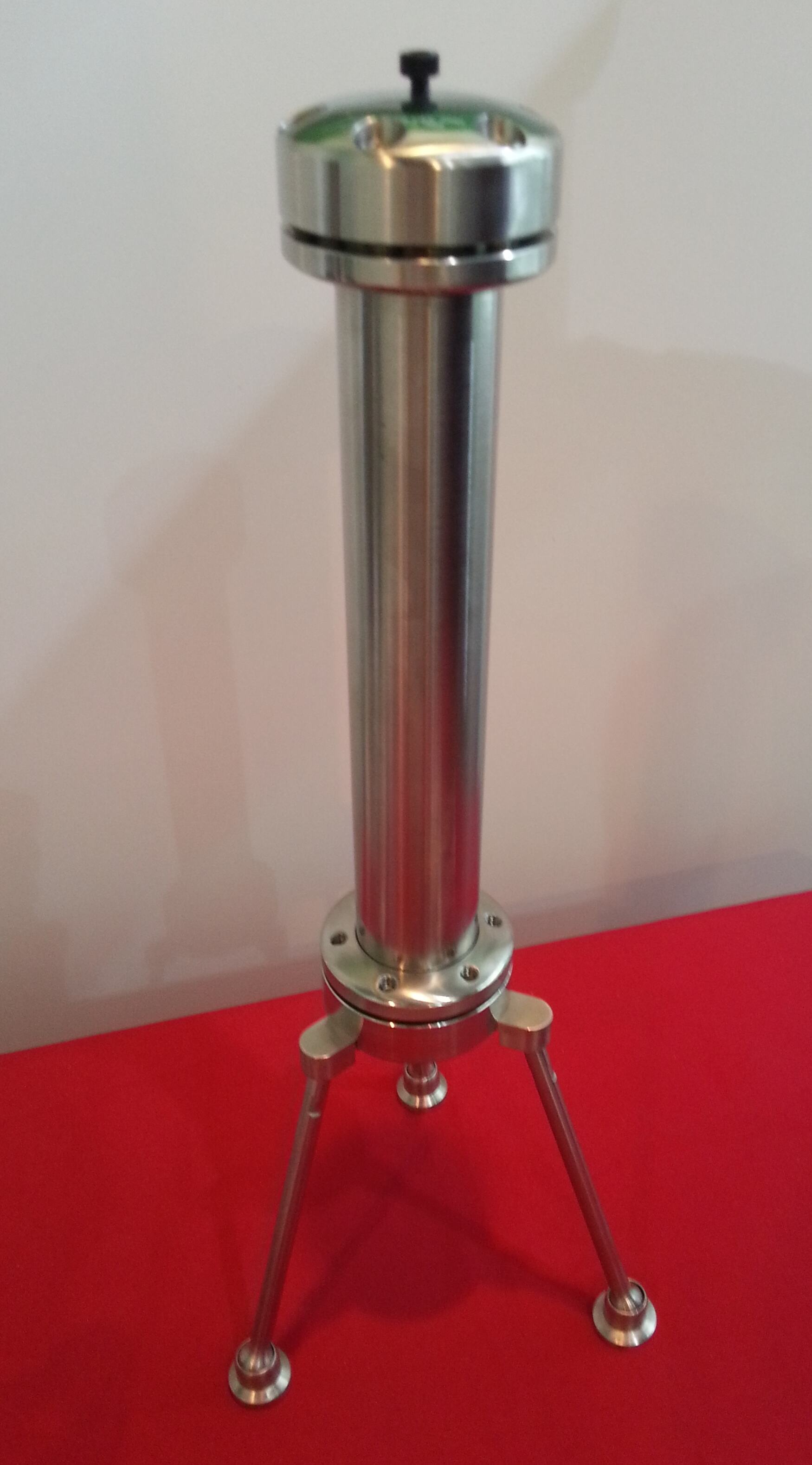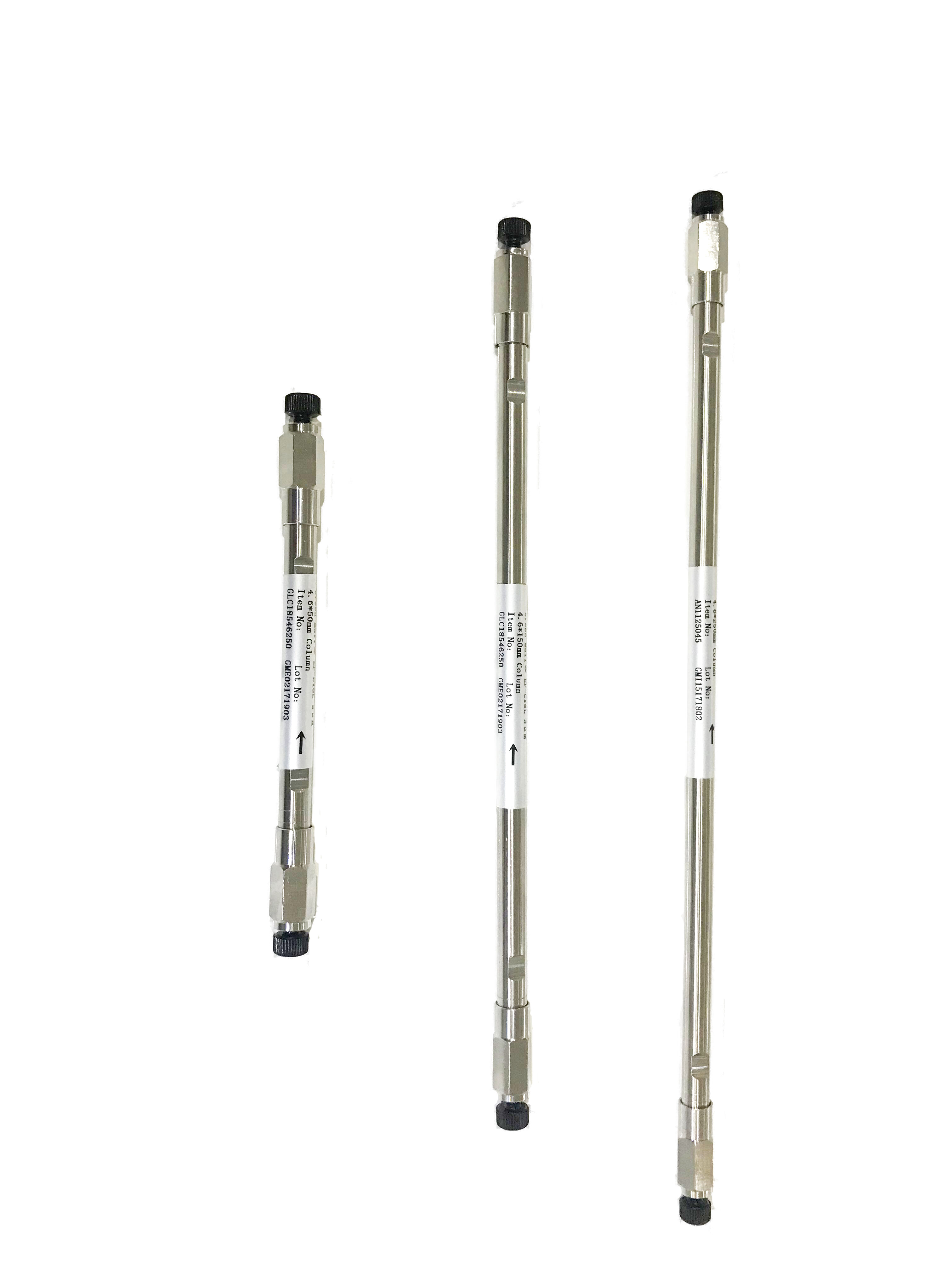аналитична колона в HPLC
Аналитичната колона в ХВХ служи като критически компонент, където се провежда разделването на пробите. Функционира като сърцето на хроматографската система и се състои от стоманена тръба, напълнена с специализирани частици, обикновено силикагенни, които образуват неподвижната фаза. Тези колoni имат дължина между 50 и 300mm с вътрешни диаметри между 2.1 и 4.6mm. Вътрешната повърхност на колonата е прецизно проектирана с определени химически модификации, за да взаимодейства по различен начин с компонентите на пробите, което осигурява ефективно разделение. Модерните аналитични колoni включват продвината частична технология, включително частици под-2 микрона и ядро-обвивкови частици, които подобряват ефективността и скоростта на разделението. Проектът на колonата позволява работа при високи налягания, често над 400 бара, съхранявайки последователна производителност. Температурната стабилност и химическата съвместимост са ключови характеристики, които позволяват анализ в различни pH интервали и солвентни условия. Приложенията се разпространяват от фармацевтичния контрол на качеството до мониторинга на околната среда, тестване на безопасността на храните и биохимическа научна дейност. Версатилността на колonата позволява анализ на съставки, които се движат от малки молекули до големи биомолекули, правейки я незаменима в съвременната аналитична химия.

